Sport
Sport is a Soviet SLR camera, designed for 35 mm film. It is considered one of the world’s first small-format cameras of this type.
An experimental batch of Sport cameras was released in 1934. Serial production was launched at the GOMZ plant in Leningrad and lasted from 1937 to 1941.
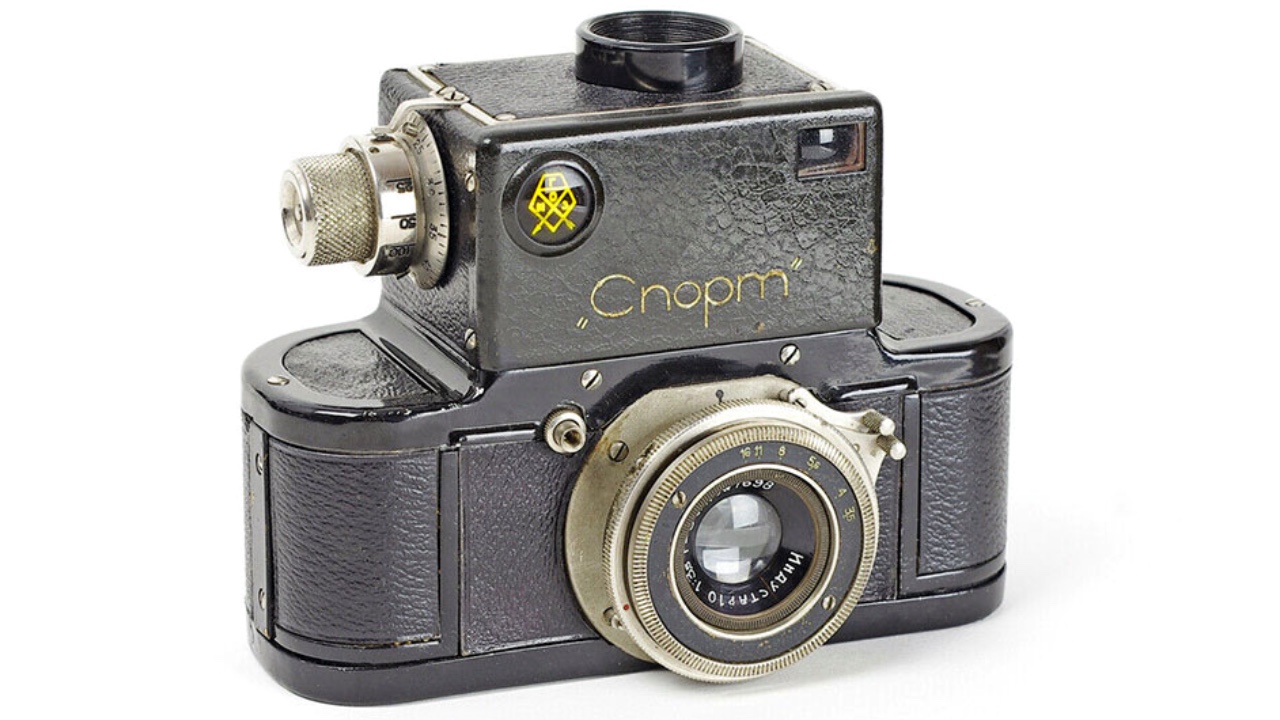
Sport Camera Specifications
- Type: 35 mm SLR camera
- Manufacturer: GOMZ plant
- Production period: 1935–1941
- Format: 24×36 mm on 135 film
- Lens mount: bayonet
- Lens: Industar-10 f/3.5 50 mm
- Shutter: focal-plane shutter with speeds from 1/25 to 1/500 sec, plus B
- Viewfinder: SLR with non-removable pentaprism
- Light meter: none
- Flash synchronization: none
- Self-timer: none
- Weight: 820 g
Sport Camera Overview
The Sport was the first mass-produced Soviet 35mm SLR camera and one of the earliest of its kind in the world. Initially developed in the early 1930s by Alexander Helgar, a film engineer based in Ashgabat, the camera emerged from a desire to build a more reliable alternative to the Leica, which Helgar found unsatisfactory in extreme heat.
His early prototype, known as GelVETA, featured a metal focal-plane shutter and a mirror-based viewing system that allowed photographers to compose through the lens—a concept that would later define all SLR cameras and many Soviet film cameras.
Despite delays caused by bureaucratic resistance and shifting priorities in the Soviet optical industry, the camera eventually entered production at the GOMZ factory under the name Sport.
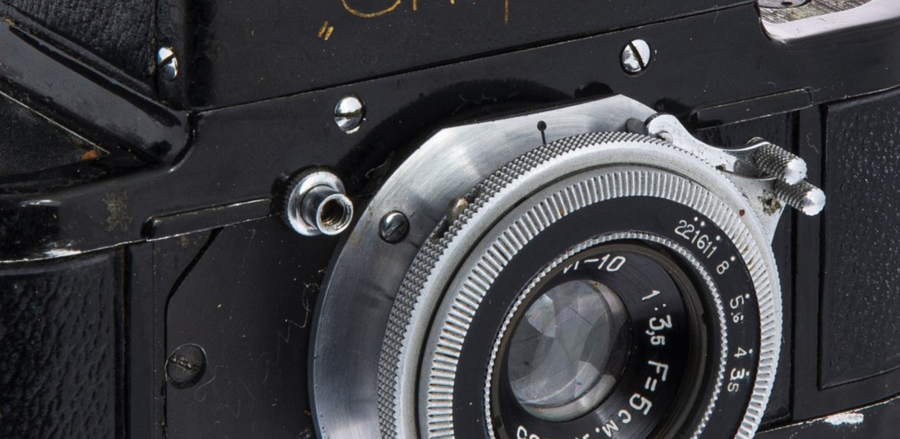
The final version featured a cast metal body, a bayonet-mount Industar-10 50mm f/3.5 lens, and film loading via proprietary metal cassettes. Frame size was standardized to 24×36 mm.
Between 1937 and 1941, nearly 20,000 units were produced, making the Sport not just a technical milestone, but also the first practical 35mm SLR to be manufactured at scale.
While it never reached the influence of later German designs like the Exakta, it remains a landmark in early SLR development and a prized collector’s item today.
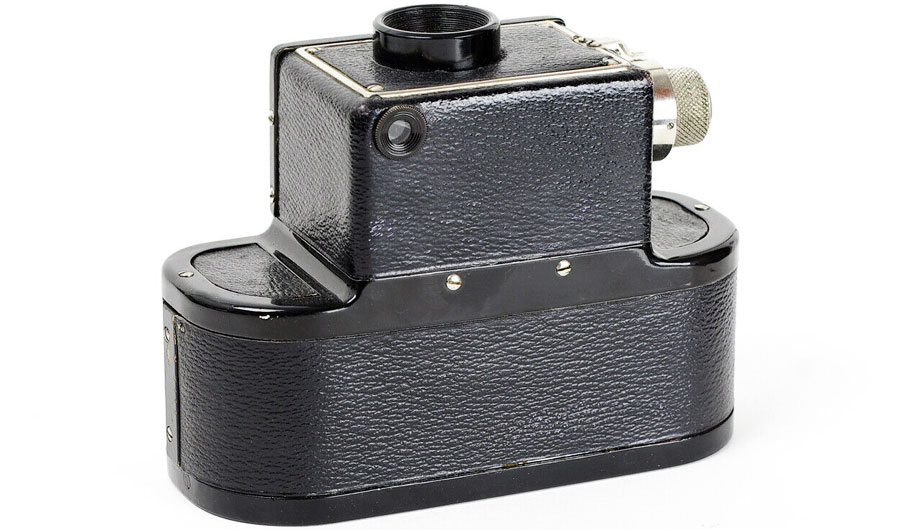
Sport Camera Lens
The Sport camera was equipped with an Industar-10 50mm f/3.5 lens, a four-element design based on the classic Zeiss Tessar optical formula.
This lens delivered fairly sharp, contrasty images and was well-suited for 35mm photography, particularly given the era’s available optics.
Mounted via a proprietary bayonet mount, the Industar-10 was interchangeable, though no additional lenses were mass-produced specifically for this system.
Still, the bayonet connection was a forward-thinking design choice, especially considering that most Soviet cameras of later years had a threaded connection.
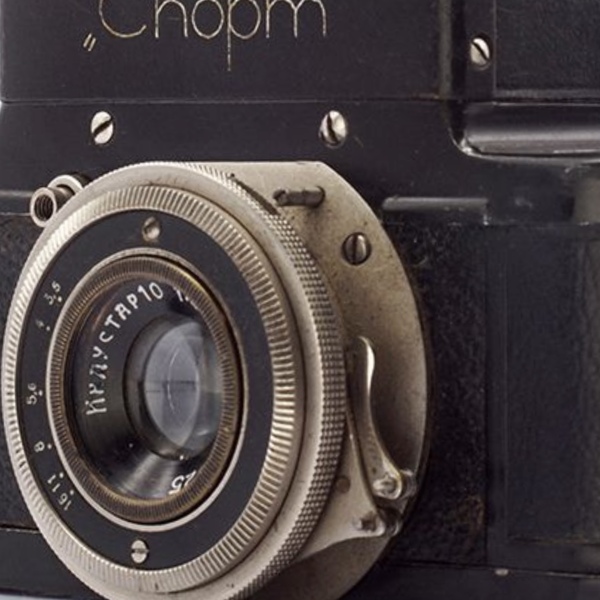
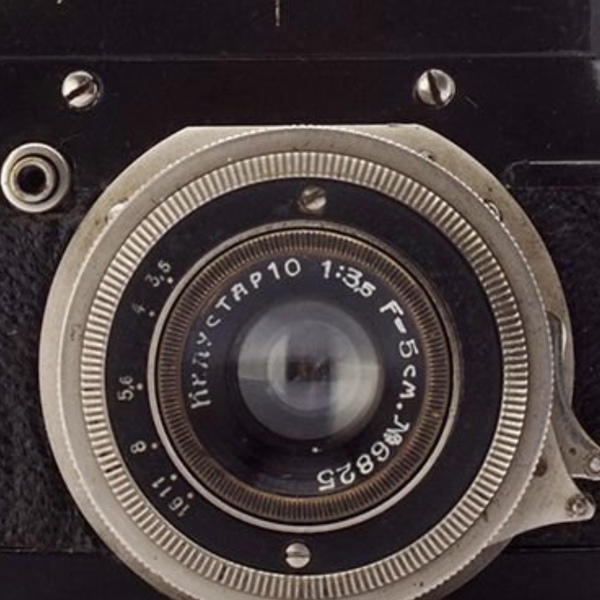
The lens featured manual diaphragm control, stopping downе the aperture to f/16. Focus was controlled through a helical mechanism integrated into the lens housing.
Serial numbers were engraved directly on the lens body, and production records suggest continuous numbering across the entire production run of the Sport camera.
Interestingly, early production units (up to approximately serial number 3000) included the “GOMZ” factory name on the front ring of the lens.
This marking was removed in later batches. The lens remained consistent in optical formula throughout production, but slight mechanical refinements were made as manufacturing processes improved.
Overall, the Industar-10 on the Sport camera was not only one of the first Soviet lenses made for 35mm SLR use, but also a technically solid and optically capable tool for its time.
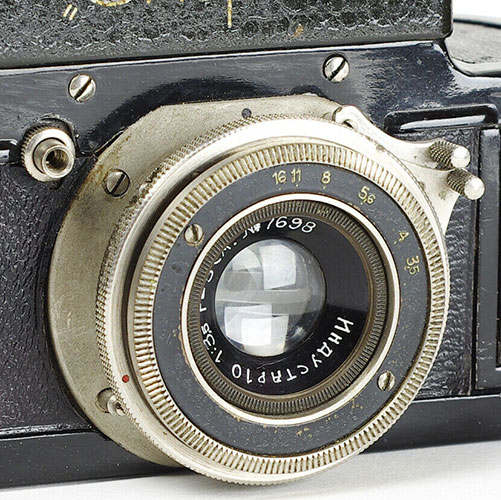
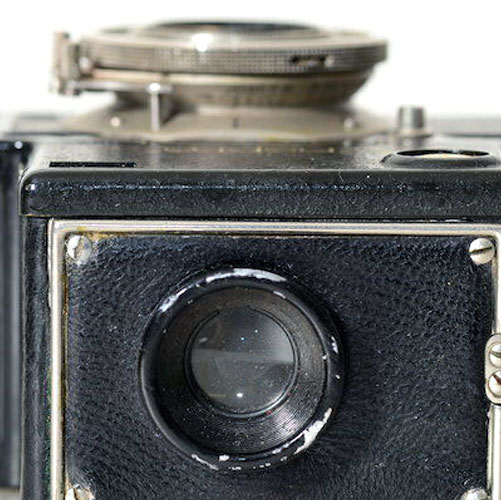
Sport Camera Shutter
The Sport camera was equipped with a focal-plane shutter featuring metal curtains – a unique engineering decision for its time, especially within the Soviet camera industry of the 1930s.
Unlike the more common rubberized fabric curtains used in German cameras like the Leica, the Sport’s shutter used rigid metal blades that offered improved durability and consistent performance in extreme temperatures.
Shutter speeds ranged from 1/25 to 1/500 second, along with a Bulb (B) mode for long exposures. The mechanism was entirely mechanical and integrated into a dedicated shutter module inside the body, separated from the lens unit.
Winding the shutter was combined with film advance and shutter cocking, performed by a single top-mounted knob on the right side of the camera body. The same control was also used to select shutter speeds, which were clearly marked around the dial.
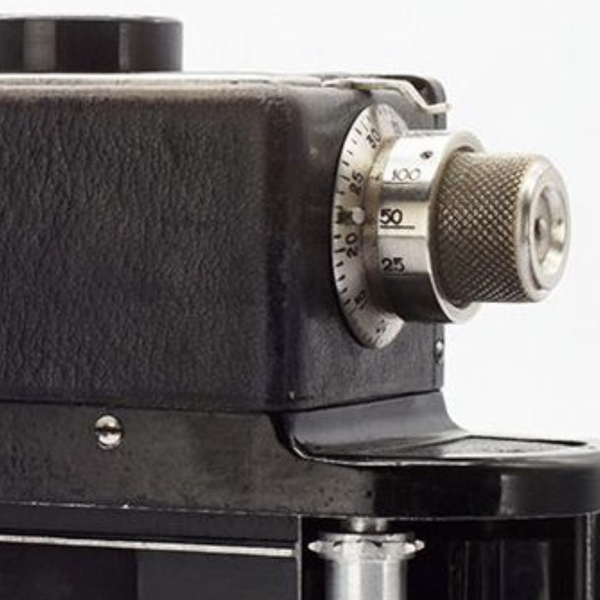
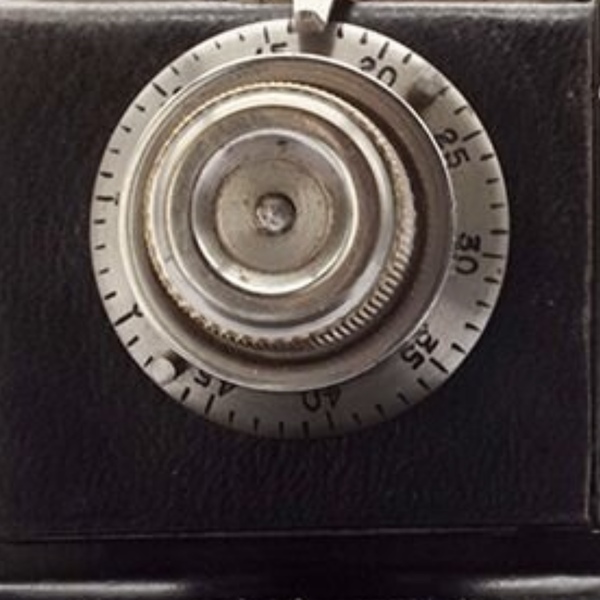
The shutter mechanism was developed in-house by GOMZ and went through several technical revisions during production to improve reliability.
However, due to the camera’s complex internal design and limited industrial tooling of the pre-war period, early versions were known to be delicate and required precise assembly.
Despite its mechanical complexity, the shutter of the Sport camera was ahead of its time and one of the earliest implementations of a metal-blade focal-plane shutter in a 35mm SLR – preceding similar solutions in Western models by several years.
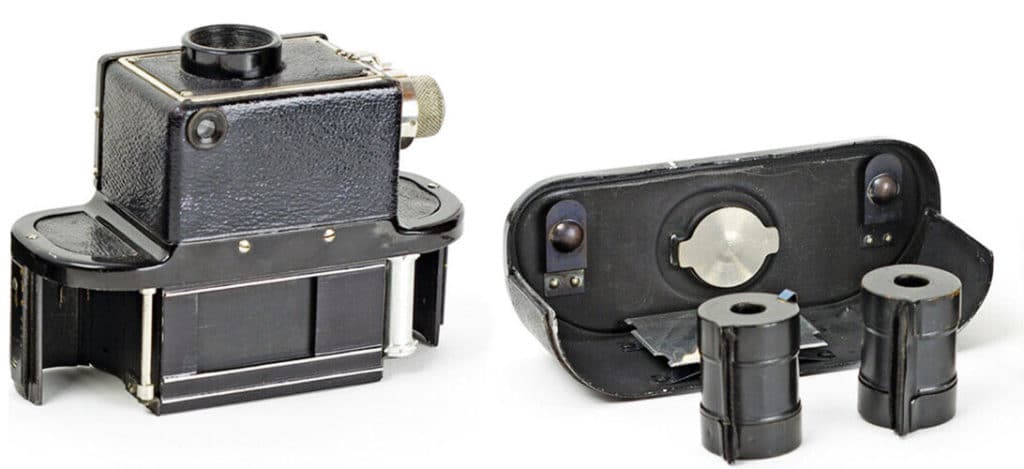
Camera Body and Design
The camera uses a 35 mm perforated film. The frame size is 24×36 mm. The film is charged in non-standard cartridges and one charge allows to make 50 frames. The film is rewound from the feeding cassette to the receiving one. Rewinding is not provided.
Unlike modern SLR cameras, the mirror of the Sport camera does not lower automatically, that is, after you cocked the shutter and took a picture, the mirror closes, and you need to cock the shutter again to lower the mirror.
Through the mirror viewfinder, it is possible to sight only if the shutter is cocked. Exactly the same principle was applied in early versions of Zenit cameras.
The camera does not have a self-timer, sync contact, and shoe for attaching additional devices.
Almost all the controls of the device are concentrated in the multifunction knob on the right panel (about the same as on Kiev rangefinder cameras). The knob is responsible for cocking the shutter, moving the film, and for changing the shutter speeds.
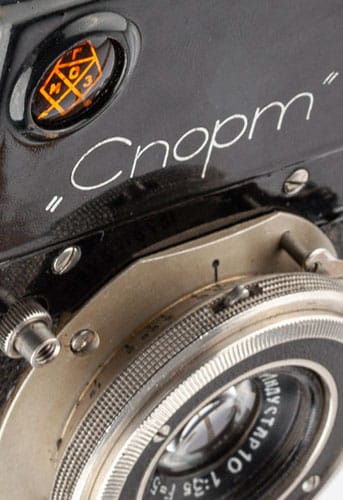
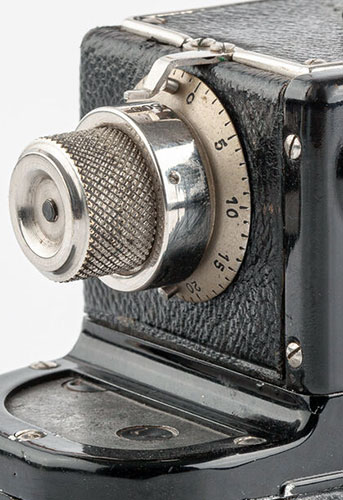
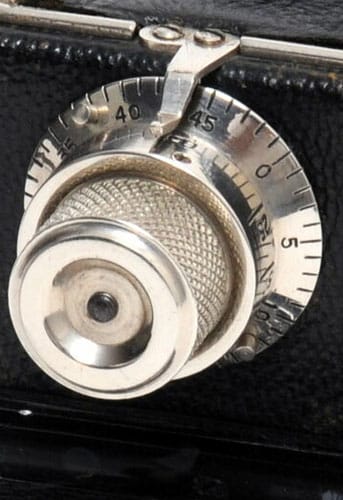
The Sport camera has a rather unusual design. It is very compact, and the mirror is in a very unusual place. The camera is very convenient, but unusual to use.
The lens is made according to the type of Contax and Kiev rangefinder cameras, that is, the helicoid is located in the camera itself.
The shutter button is located on the front panel and has a socket for the shutter release cable.
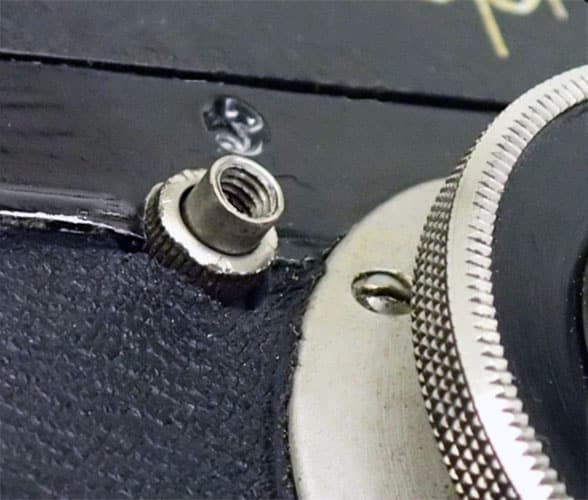
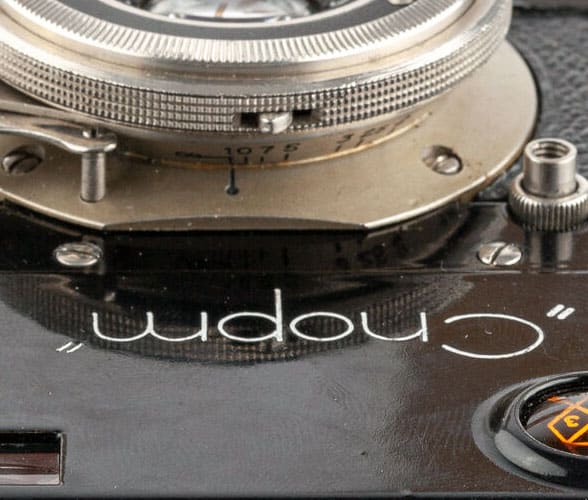
The viewfinder is quite unusual, and you need to look from top to bottom into it. The picture is quite clean and bright, especially for 35mm cameras of the 1930s. But due to the lack of pentaprism, the image is mirrored from left to right.
Conclusion
Like all inventions that were made before the appearance of the common standard, the Sport camera looks very peculiar and charismatic.
But as we said before, due to the fact that Sport cameras were created in very small numbers, they are very difficult to find in good condition and at a low price. But the team of Sovietcameras.org believes that this is a worthy instance for any collection.


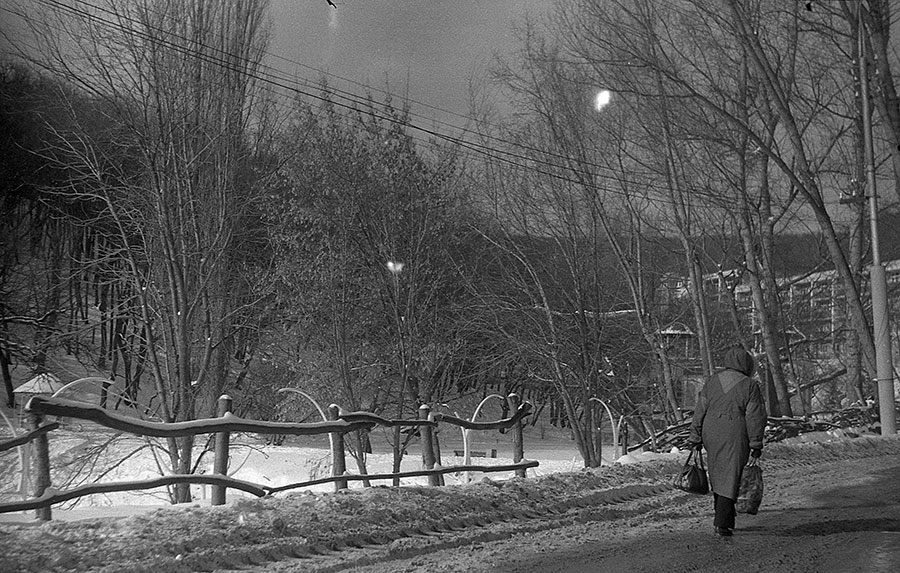

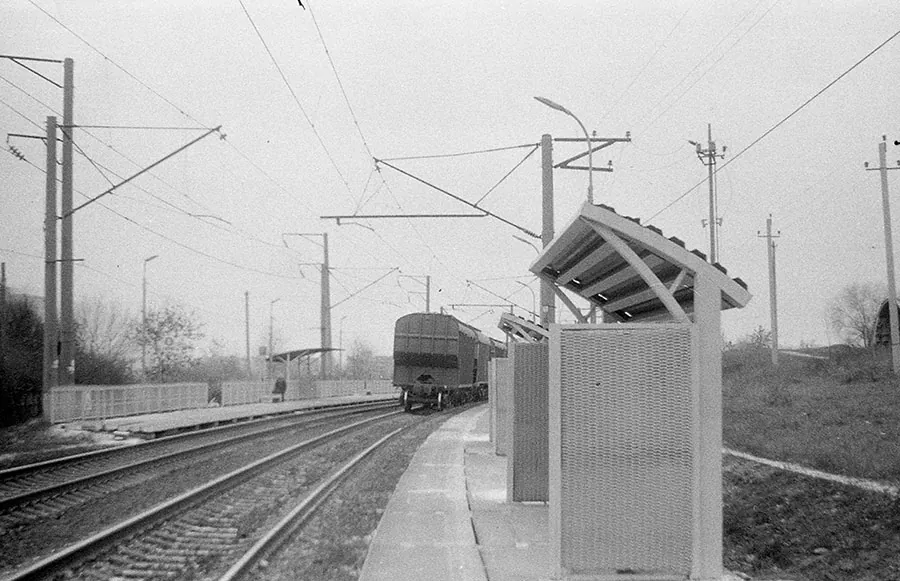

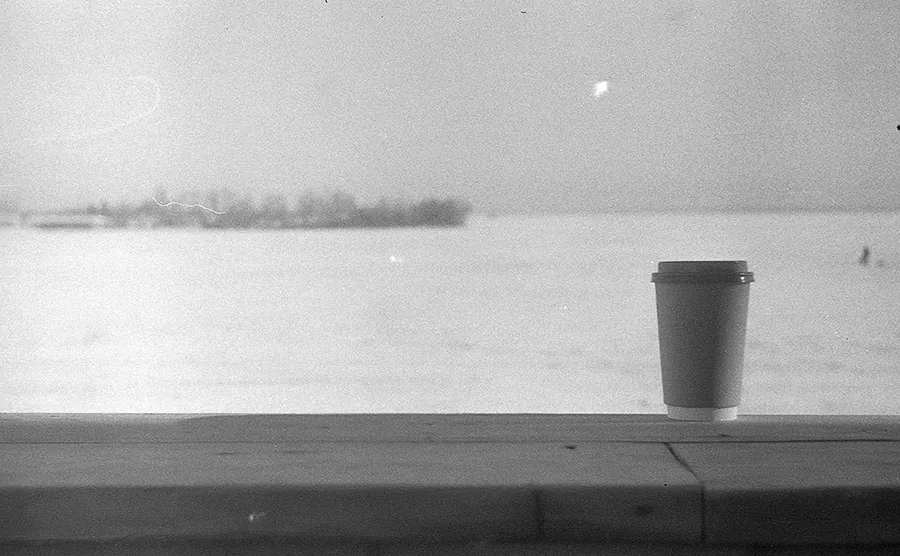
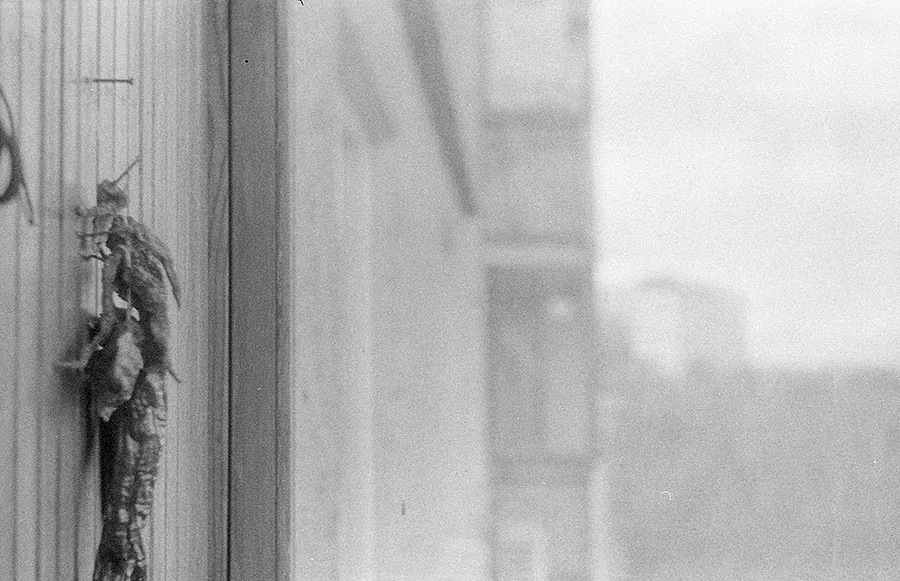

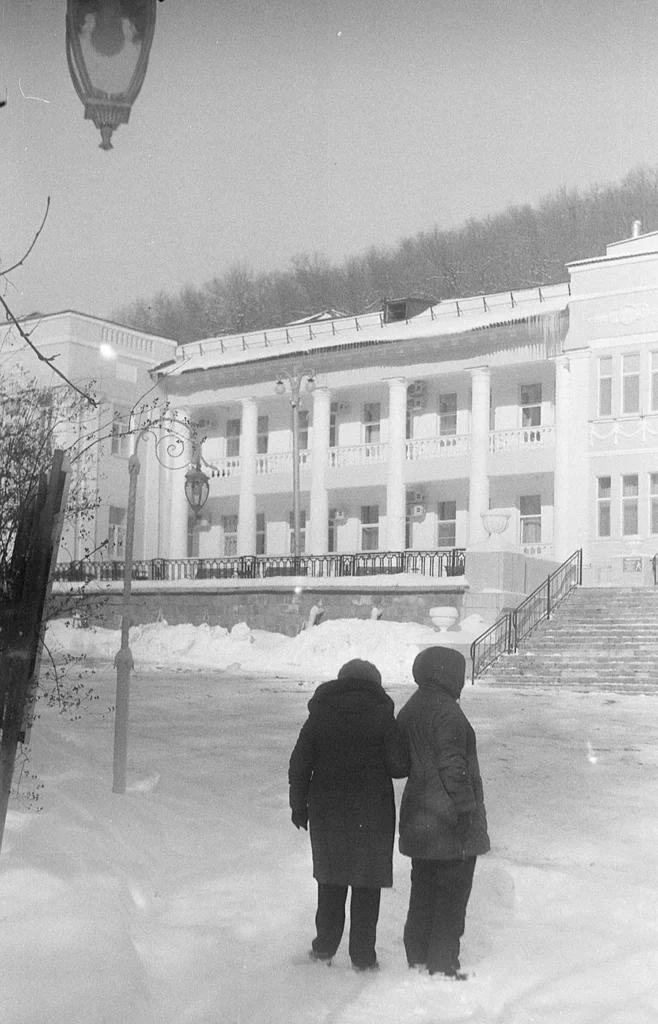
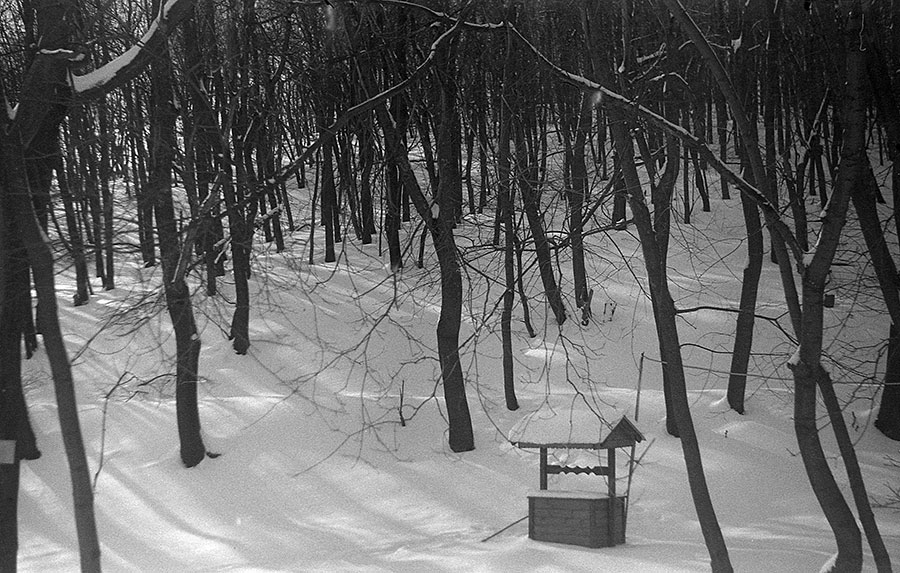
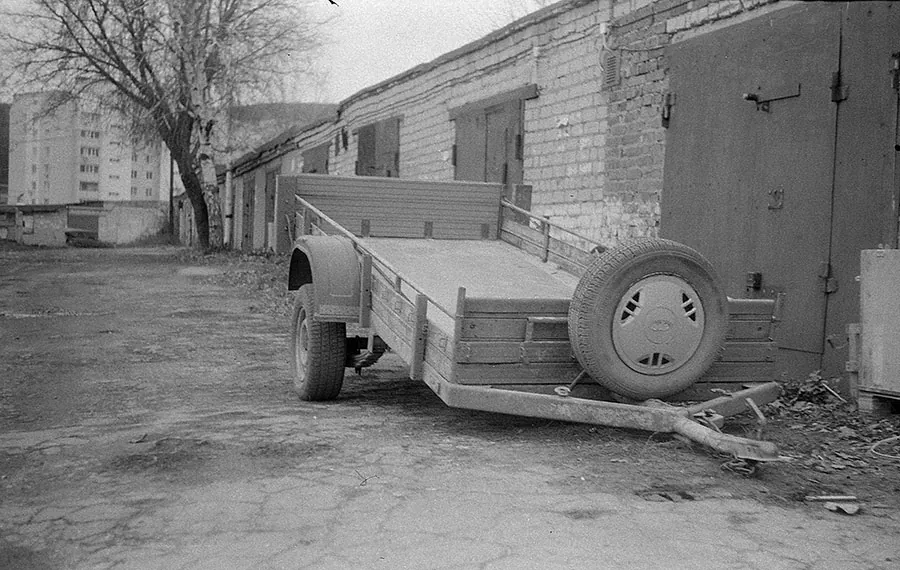

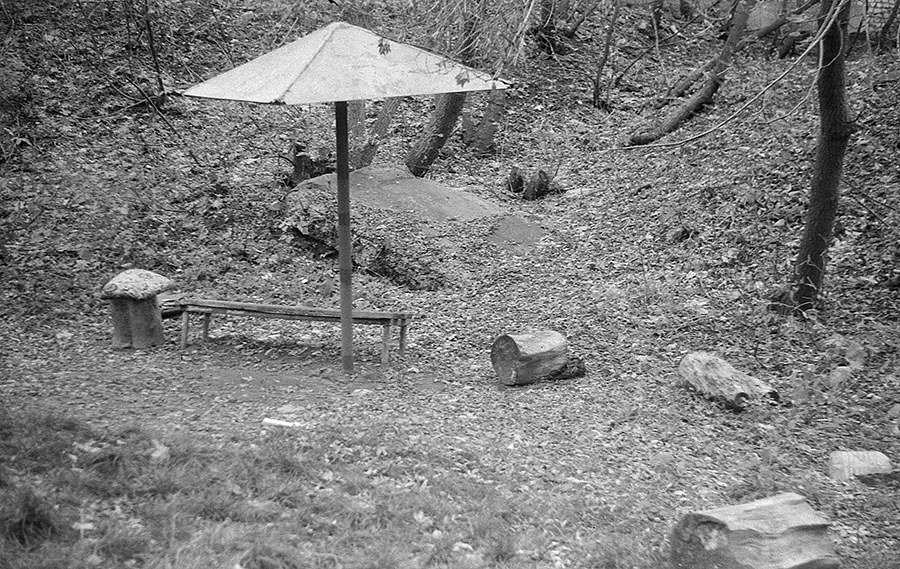
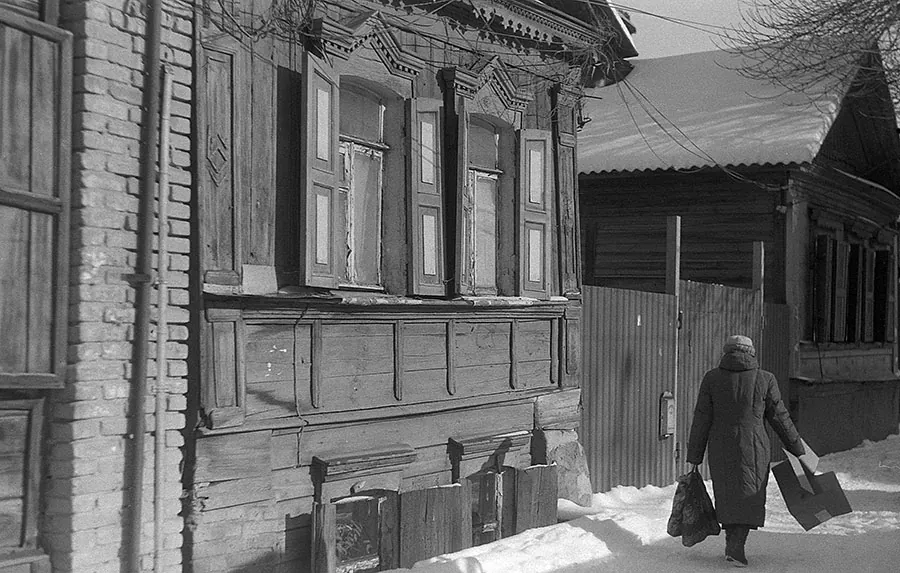

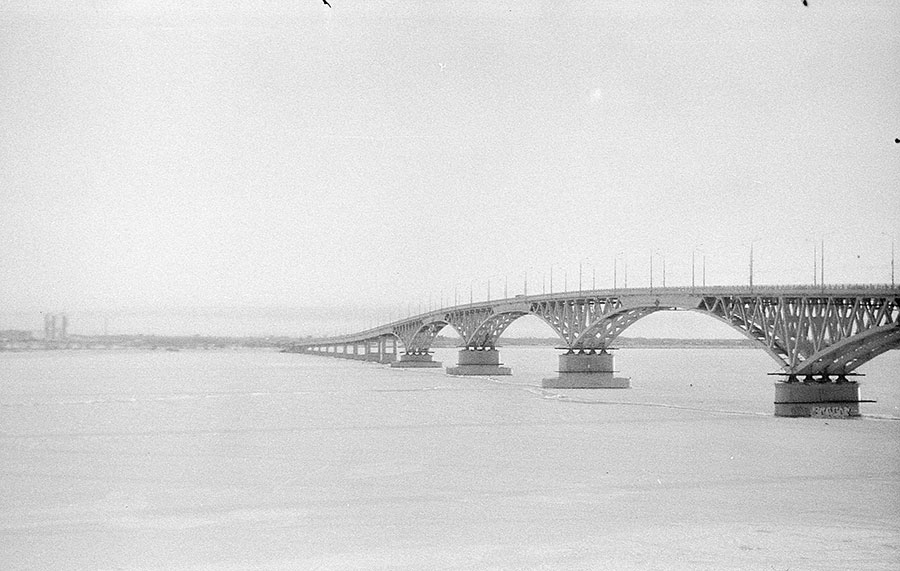
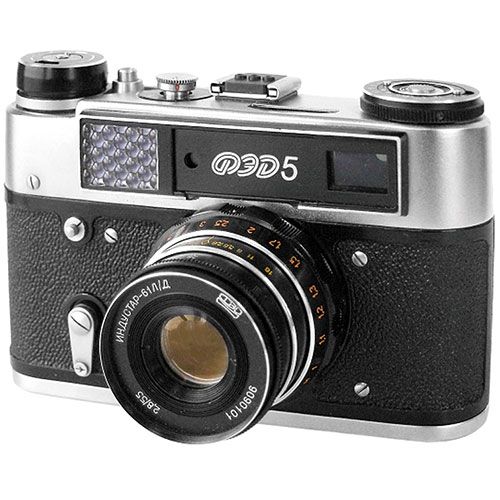
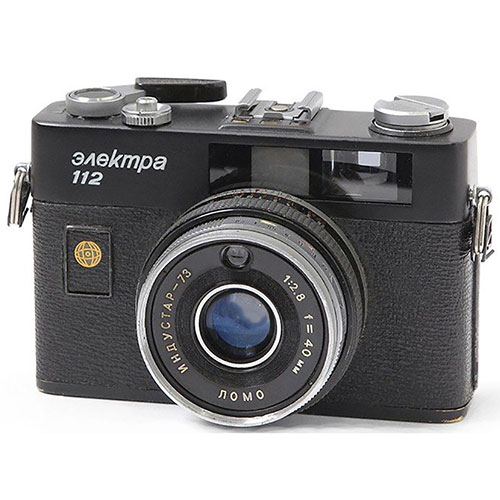
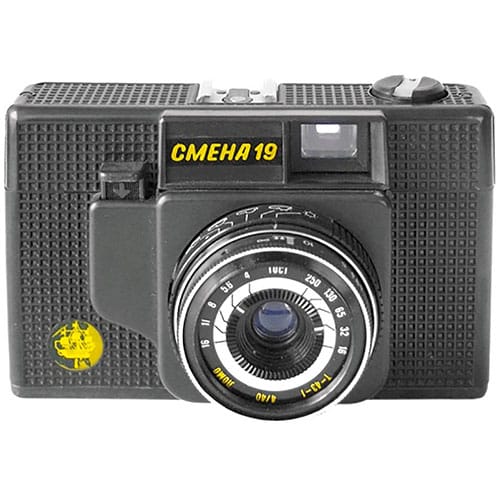
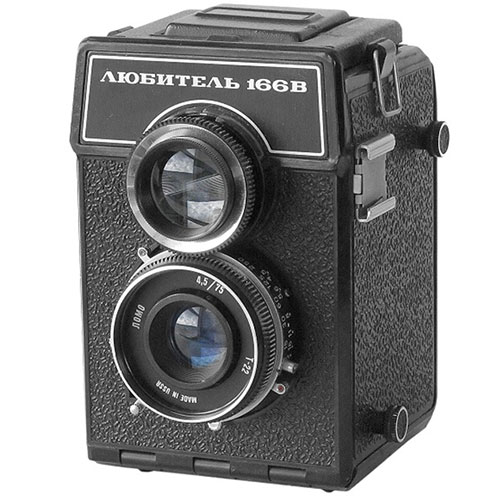
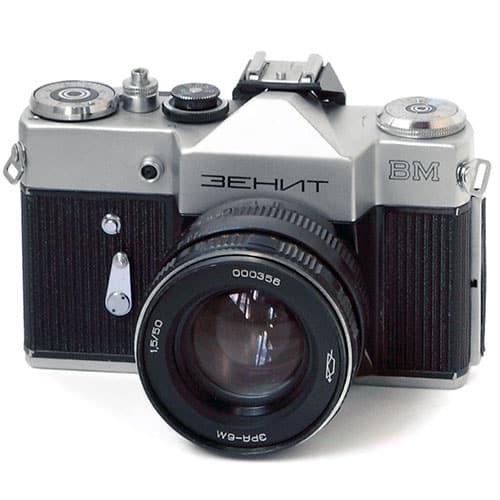
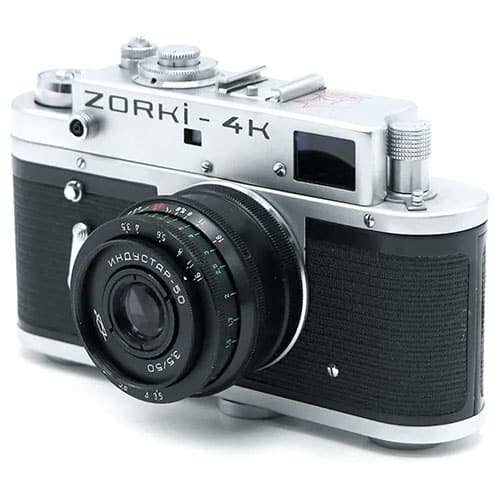
Several comments – the mirror is not “sticky”. In common with all early SLRs (until the Pentaflex) the mirror is a “non-return” mirror.
There is some evidence that series production started in 1936. (A Sport with lens number 8855 had been given as a present to a GOMZ employee in 1936 – engraved on a special plate fixed to the rear of the camera)
The mirror on the Sport is very much in the usual place for any SLR – between the lens and the film plane and below the focusing screen.
What is so unusual about the position of the mirror? It is exactly in the same place as on most SLR cameras, behind the lens and immediately below the focusing screen.
The through the lens viewfinder is not so unusual for the time (1934 – 1941). All Exaktas of that time had a waist level viewfinder and to focus accurately you had to use the pop-up lens, so the photographers position looking down into the viewfinder was exactly the same as on the Sport.
The first SLR with a built-in pentaprism, the Italian Rectaflex, was not made until 1948-1949.
The mirror is rather unusual by today’s standards, since after the shutter was released, it did not return back. But of course, for the first SLR cameras this was a common thing.
The situation with the viewfinder is a little different. Yes, in the Exaktas and other similar cameras you look into the viewfinder from above, but in the Sport camera this viewfinder is very different in appearance from the standard waist level viewfinder.